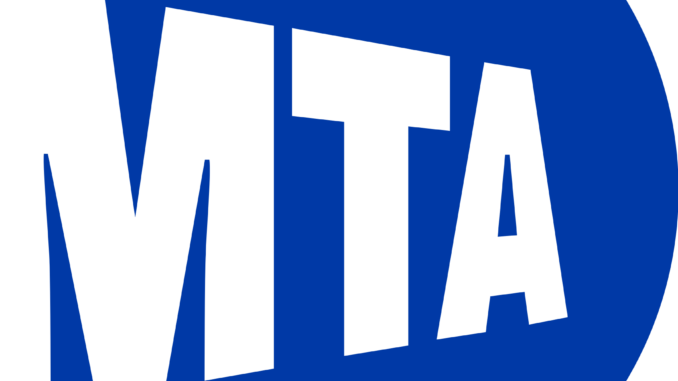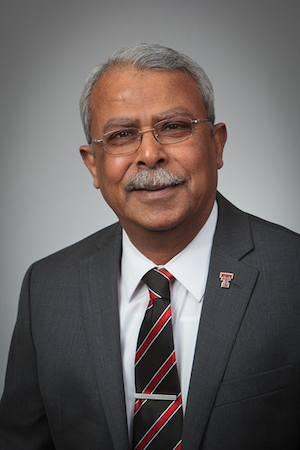
NEW YORK CITY (TIP): The M.T.A. board voted to raise the base fare to $2.90 from $2.75, after pausing increases to try to lure back riders lost during the pandemic.
Ever since the coronavirus pandemic decimated subway ridership in New York City, the Metropolitan Transportation Authority has resisted raising the price of a ride out of fear that even more people would abandon mass transit, says a New York Times report.
But after years of financial uncertainty, the authority intends to balance its budget. On Wednesday, July 19, the M.T.A.’s board voted to raise the base fare for subway and bus trips for the first time in eight years, to $2.90 from $2.75, by Aug. 20. The decision will almost certainly reverberate across the United States, where transit systems of every size have experienced steep and lingering losses as many white-collar commuters continue to work from home at least part of the time.
A May survey by the American Public Transportation Association found that larger cities have been hit especially hard — 71 percent of transit agencies with operating budgets greater than $200 million were predicting shortfalls in their operating budgets. Transit agencies in Washington, D.C., and the San Francisco Bay Area have also moved to raise fares this year. In New York, weekday ridership has rebounded significantly but still hovers at about 70 percent of pre-pandemic levels.
Lower-income workers who rely on the system to reach their jobs would bear the greatest burden of a fare increase, advocates said, especially as the cost of essentials such as housing, food and health care continues to rise.
Transportation in New York City
Hudson Tunnel Project: The federal government is on track to give $6.88 billion, the most ever awarded to a mass-transit project, for the construction of a second rail tunnel under the Hudson River to New York City.
Penn Station: A private development firm presented an alternative plan for the remaking of the station, saying it would be significantly cheaper than a rival proposal backed by the M.T.A.
Congestion Pricing: A program that would charge people a toll to enter the busy commercial districts of Manhattan south of 60th Street cleared its final federal hurdle. Here’s a look at how the program could work.
Fare Evasion: A report unveiled by the M.T.A. proposed a range of new solutions, including replacing turnstiles with gates that are harder to jump over, to deter people from sneaking into subways without paying.
Janno Lieber, the M.T.A. chairman, defended the increase, describing it as a return to biennial fare increases meant to keep up with inflation. “We need this to be responsible,” Mr. Lieber said before Wednesday’s vote. “It’s not without its downsides, because anytime you’re asking people to pay a little more, you know that has consequences. But for everybody who depends on this transit system — like I always say, mass transit is like air and water for New Yorkers — we need it.”
The $2.75 base fare has been in place since 2015. The most recent fare increase came in 2019, when the price of unlimited weekly and monthly MetroCards rose.
The board also voted to raise monthly passes on the Long Island Railroad and Metro-North Railroad by as much as 4.5 percent. Tolls on bridges and tunnels will rise by 6 percent for drivers paying through the E-ZPass system and by 10 percent for those who pay by mail.
According to the United Way of New York City, about half of working-age New Yorkers are struggling to cover basic needs this year, up from 36 percent of households in 2021.
Elizabeth Angeles, who helps oversee advocacy efforts for the organization, said that when people struggle to make ends meet, they tend to skip meals in order to pay for what are typically fixed costs, like transportation.
“Or, they’re relying on our emergency food pantries, which are already strapped,” Ms. Angeles said. “It’s going to exacerbate a system that is already on its knees.”
But the M.T.A. and even some of its regular critics said that a fare increase was a crucial step to ensure the survival of the transit system, which continues to rely heavily on rider payments.
The authority this year is also building a first-in-the-nation congestion pricing program that will allow it to collect billions of dollars from drivers to pay for infrastructure enhancements, including new elevators in subway stations and updates to the signals that keep trains moving. But by law, the money can only be used to pay for capital projects, not for operating costs.
Earlier this year, the authority had faced a budget gap of nearly $3 billion by 2025. A bailout from Gov. Kathy Hochul and lawmakers in Albany helped to significantly shore up the transit system’s finances by providing new and recurring funding for the authority, but not enough to avert a fare increase.
“The fare increases are going to ensure there is sufficient funding to keep transit going,” said Lisa Daglian, the executive director of the transit authority’s Permanent Citizens Advisory Committee, a watchdog group. “The budget would be balanced not only because of the incredible generosity of the governor and efficiencies by the M.T.A., but because riders are investing.”
The state’s funding package includes a $65 million payment earmarked to prevent an even larger fare increase.
In hopes of offsetting the increase, many had urged Mayor Eric Adams to expand eligibility requirements for the Fair Fares program, which subsidizes public transit fares for New Yorkers whose income falls below the federal poverty line — about $30,000 a year for a family of four.
City Council leaders pushed during budget negotiations last month to double the program’s income threshold. The council struck a deal with Mr. Adams to boost funding for the program by $20 million, but the proposal to make it more widely accessible was scaled back.
The M.T.A. has struggled financially since at least the 1970s, when a municipal fiscal crisis worsened problems caused by the system’s crumbling infrastructure. Lawmakers moved in the 1980s to allow the authority to issue bonds, but its debt has exploded since then, and expenses have outpaced income.





Be the first to comment